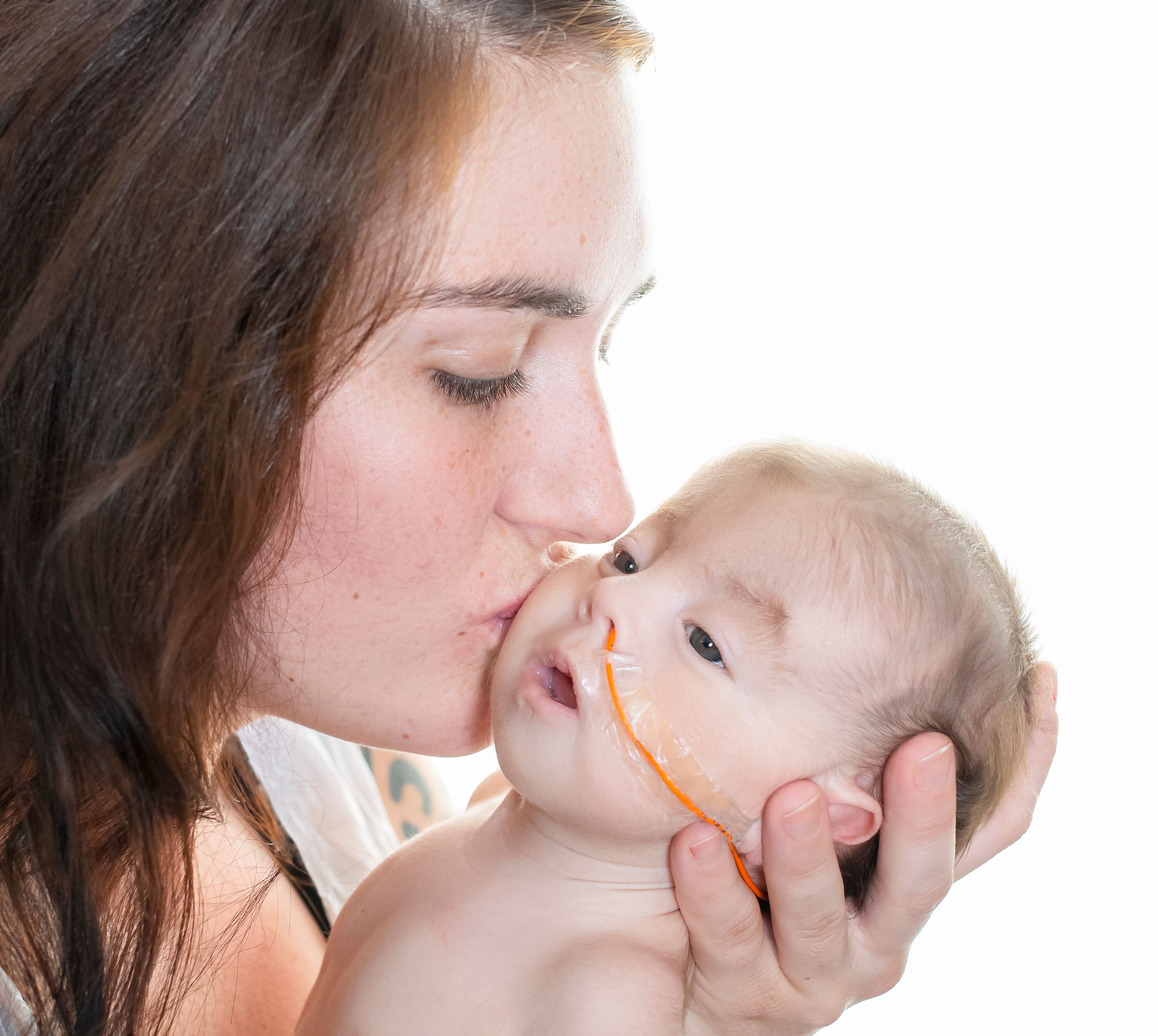Infants exposed to buprenorphine during the first trimester have a decreased risk of developing malformation associated with opioid exposure compared to those exposed to methadone, according to a recent study published in JAMA Internal Medicine.
Takeaways
- Infants exposed to buprenorphine during the first trimester have a decreased risk of developing malformations associated with opioid exposure compared to those exposed to methadone.
- In 2017, an estimated 8.7 deliveries per 1000 were impacted by opioid misuse or long-term opioid use, highlighting the significance of opioid use disorder (OUD) in pregnant patients.
- OUD in pregnant patients is often managed with buprenorphine or methadone, with the choice influenced by factors such as patient preference, treatment access, stability, and retention odds.
- Data indicates that the risks of preterm birth, low birth weight, and neonatal abstinence syndrome are decreased with buprenorphine compared to methadone. However, there is limited data on the impact of these drugs on congenital malformations.
- The study, based on nationwide Medicaid data, found that the risk of congenital malformations is reduced more with first-trimester buprenorphine exposure than with first-trimester methadone exposure. The risk difference suggests 11.3 fewer malformation cases per 1000 pregnancies with buprenorphine.
In 2017, an estimated 8.7 deliveries per 1000 were impacted by opioid misuse or long-term opioid use. Opioid use disorder (OUD) in pregnant patients is often managed with buprenorphine or methadone, with the decision on which drug to administer decided by factors such as patient preference, treatment access, treatment stability, and odds of retention.
Data has indicated the risks of preterm birth, low birth weight, and neonatal abstinence syndrome are decreased from buprenorphine use compared to methadone use. However, there is little data on the impact these drugs have on congenital malformations in comparison to one another.Investigators conducted a study to evaluate this impact.
Nationwide Medicaid data from 2000 to 2018 was obtained, including information on demographics, diagnoses, procedures received during inpatient, outpatient, or emergency department visits, and outpatient prescription medications.Exclusion criteria included chromosomal abnormalities and exposure to known teratogens in the first trimester.
Participants included pregnant patients aged 12 to 55 years with 3 or more months of Medicaid coverage before last menstrual period (LMP) and through 1 month after delivery. Included infants without mortality had Medicaid coverage through 3 months following delivery.
Dispensings of buprenorphine monotherapy were used to define buprenorphine exposure, with patches and injection excluded. Pregnancies were considered exposed to buprenorphine if they received a dispensing in the first trimester with no codes for methadone administration within the first trimester or within 90 days before LMP.
Healthcare Common Procedure Coding System codes were used to define methadone exposure. Pregnancies were considered exposed to methadone based on a code in the first trimester without buprenorphine dispensing in the first trimester or within 90 days before LMP.
Congenital malformations were defined as malformations associated with opioid use or medications for OUD use. This included any cardiac malformation, secundum atrial septal defect, neural tube defect, ventricular septal defect, oral clefts, and clubfoot.
Covariates included markers of OUD history and severity, other nonopioid substance use, medical conditions linked to OUD, comorbid condition, demographics, psychiatric conditions, other prescription medication use, proxies for social issues, health care utilization metrics, and socioeconomic status.
There were 9514 pregnancies exposed to first-trimester buprenorphine and 3846 exposed to first-trimester methadone included in the analysis, 88.6% and 77.3% respectively of whom were White. Buprenorphine-exposed pregnancies were more often in counties with lower unemployment, less poverty, and higher education levels.
Increased tobacco, alcohol, and other substance use was observed among individuals receiving buprenorphine compared to those receiving methadone. Similar prenatal care quality and health care visits was observed between both groups.
The risks of a congenital malformation were 50.9 and 60.6 per 1000 in the buprenorphine and methadone groups, respectively. The risk estimate between these 2 drugs was 0.84. After adjusting for covariates, the risk of a congenital malformation was still lower in buprenorphine-exposed patients vs methadone-exposed patients, with a corresponding risk difference of 11.3 fewer malformation cases per 1000 pregnancies.
Along with the risk of any malformation being decreased among patients with buprenorphine exposure, the risks of ventricular septal defect, secundum atrial septal defect, oral clefts, and clubfoot were reduced. However, the risk of gastrointestinal malformations was increased in these patients.
These results indicated the risk of congenital malformations is reduced more from first-trimester buprenorphine than from first-trimester methadone. Investigators concluded uptake of buprenorphine in pregnancy will continue to increase.
Reference
Suarez EA, Bateman BT, Straub L, et al. First trimester use of buprenorphine or methadone and the risk of congenital malformations. JAMA Intern Med. 2024. doi:10.1001/jamainternmed.2023.6986

